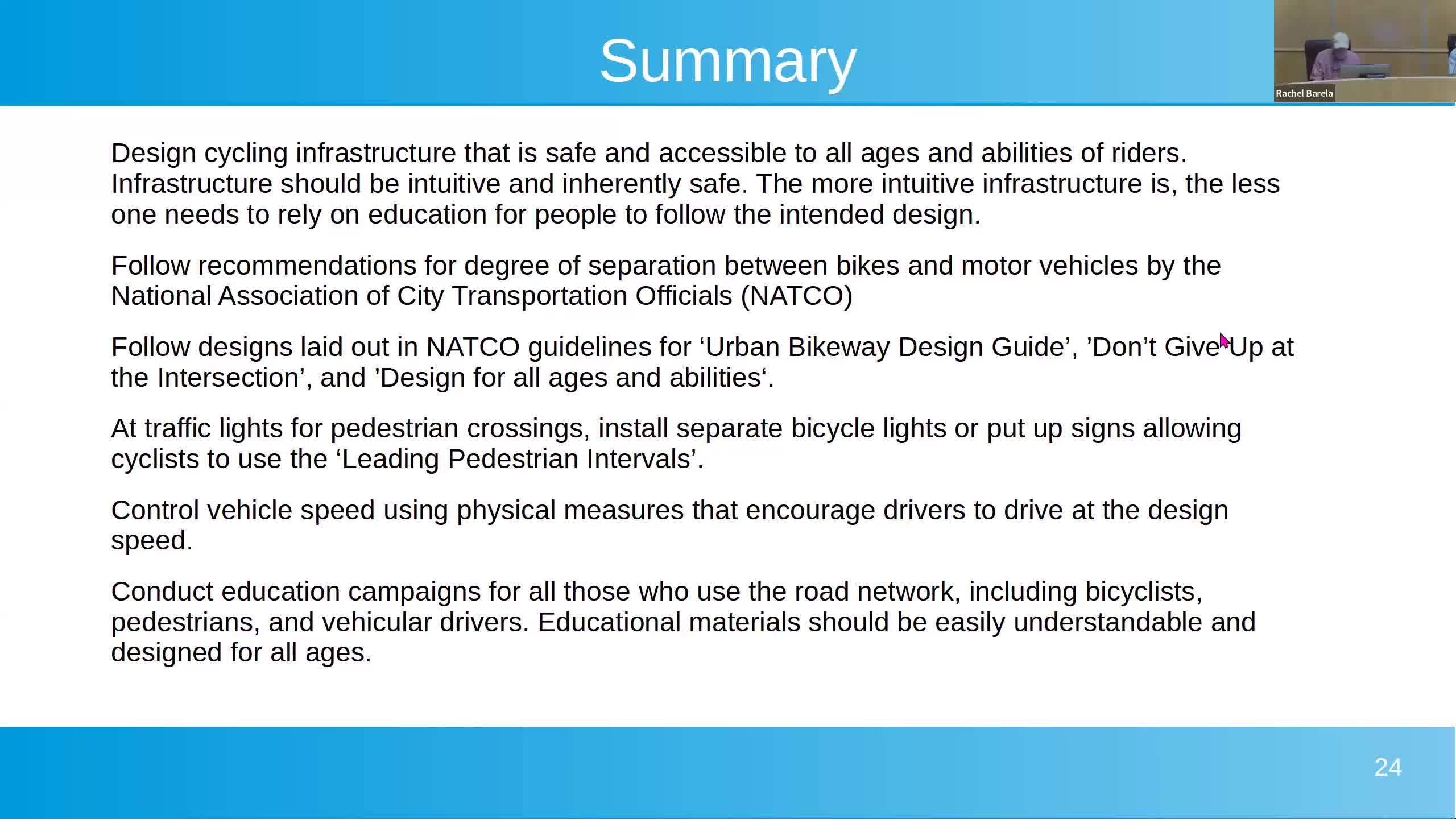Bicycle Infrastructure Debate Intensifies in Los Alamos Amid Safety Concerns
August 08, 2025 | Los Alamos, New Mexico
This article was created by AI summarizing key points discussed. AI makes mistakes, so for full details and context, please refer to the video of the full meeting. Please report any errors so we can fix them. Report an error »

Concerns over bicycle safety and infrastructure took center stage at the Los Alamos County Transportation Board meeting on August 7, 2025. Community members voiced their frustrations about the lack of safe cycling options, highlighting that less than 1% of vehicle traffic consists of cyclists, primarily riding during weekends or peak hours.
One resident shared personal experiences of close calls with vehicles while cycling, emphasizing that many people do not see themselves as cyclists due to safety concerns. They noted that studies show improved cycling infrastructure can encourage more people to ride, suggesting that up to 50% of the population might consider cycling if it felt safer and more enjoyable.
The discussion also touched on the need for speed control measures for electric bikes, with one speaker recalling an incident where they were overtaken by an e-bike while driving over the speed limit. This raised alarms about potential accidents, prompting suggestions for speed bumps in areas frequented by cyclists.
Another significant point of contention was the proposal to convert Central Avenue into a one-way street. A speaker opposed this idea, recalling a similar situation in their hometown that led to a decline in local businesses. They argued that while pedestrian-friendly initiatives are appealing, they could deter customers who prefer to drive and park conveniently.
The meeting also highlighted the seasonal nature of cycling in Los Alamos, with a notable increase in population during summer months due to students. This demographic often lacks access to vehicles, making safe cycling routes even more critical.
In conclusion, the meeting underscored the urgent need for improved bicycle infrastructure in Los Alamos, balancing the safety of cyclists with the practicalities of vehicle traffic. Community members called for surveys to gauge public opinion on proposed changes, emphasizing that any decisions should reflect the desires of the residents. As discussions continue, the future of cycling in Los Alamos remains a pivotal topic for both safety and community engagement.
One resident shared personal experiences of close calls with vehicles while cycling, emphasizing that many people do not see themselves as cyclists due to safety concerns. They noted that studies show improved cycling infrastructure can encourage more people to ride, suggesting that up to 50% of the population might consider cycling if it felt safer and more enjoyable.
The discussion also touched on the need for speed control measures for electric bikes, with one speaker recalling an incident where they were overtaken by an e-bike while driving over the speed limit. This raised alarms about potential accidents, prompting suggestions for speed bumps in areas frequented by cyclists.
Another significant point of contention was the proposal to convert Central Avenue into a one-way street. A speaker opposed this idea, recalling a similar situation in their hometown that led to a decline in local businesses. They argued that while pedestrian-friendly initiatives are appealing, they could deter customers who prefer to drive and park conveniently.
The meeting also highlighted the seasonal nature of cycling in Los Alamos, with a notable increase in population during summer months due to students. This demographic often lacks access to vehicles, making safe cycling routes even more critical.
In conclusion, the meeting underscored the urgent need for improved bicycle infrastructure in Los Alamos, balancing the safety of cyclists with the practicalities of vehicle traffic. Community members called for surveys to gauge public opinion on proposed changes, emphasizing that any decisions should reflect the desires of the residents. As discussions continue, the future of cycling in Los Alamos remains a pivotal topic for both safety and community engagement.
View full meeting
This article is based on a recent meeting—watch the full video and explore the complete transcript for deeper insights into the discussion.
View full meeting
